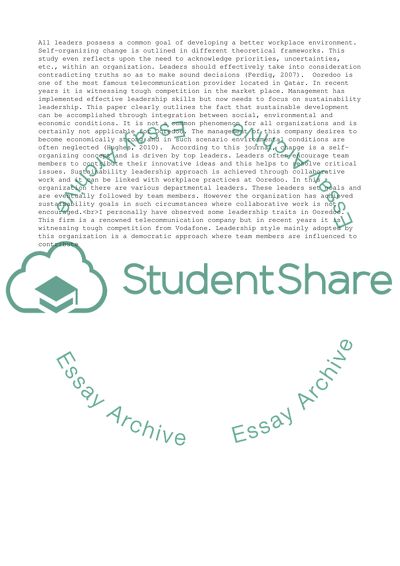Cite this document
(Managing change, "Qatar Telecommunications - OOREDOO" case Study, n.d.)
Managing change, "Qatar Telecommunications - OOREDOO" case Study. https://studentshare.org/management/1865092-managing-change-quotqatar-telecommunications-ooredooquot-case-study
Managing change, "Qatar Telecommunications - OOREDOO" case Study. https://studentshare.org/management/1865092-managing-change-quotqatar-telecommunications-ooredooquot-case-study
(Managing Change, "Qatar Telecommunications - OOREDOO" Case Study)
Managing Change, "Qatar Telecommunications - OOREDOO" Case Study. https://studentshare.org/management/1865092-managing-change-quotqatar-telecommunications-ooredooquot-case-study.
Managing Change, "Qatar Telecommunications - OOREDOO" Case Study. https://studentshare.org/management/1865092-managing-change-quotqatar-telecommunications-ooredooquot-case-study.
“Managing Change, "Qatar Telecommunications - OOREDOO" Case Study”. https://studentshare.org/management/1865092-managing-change-quotqatar-telecommunications-ooredooquot-case-study.


